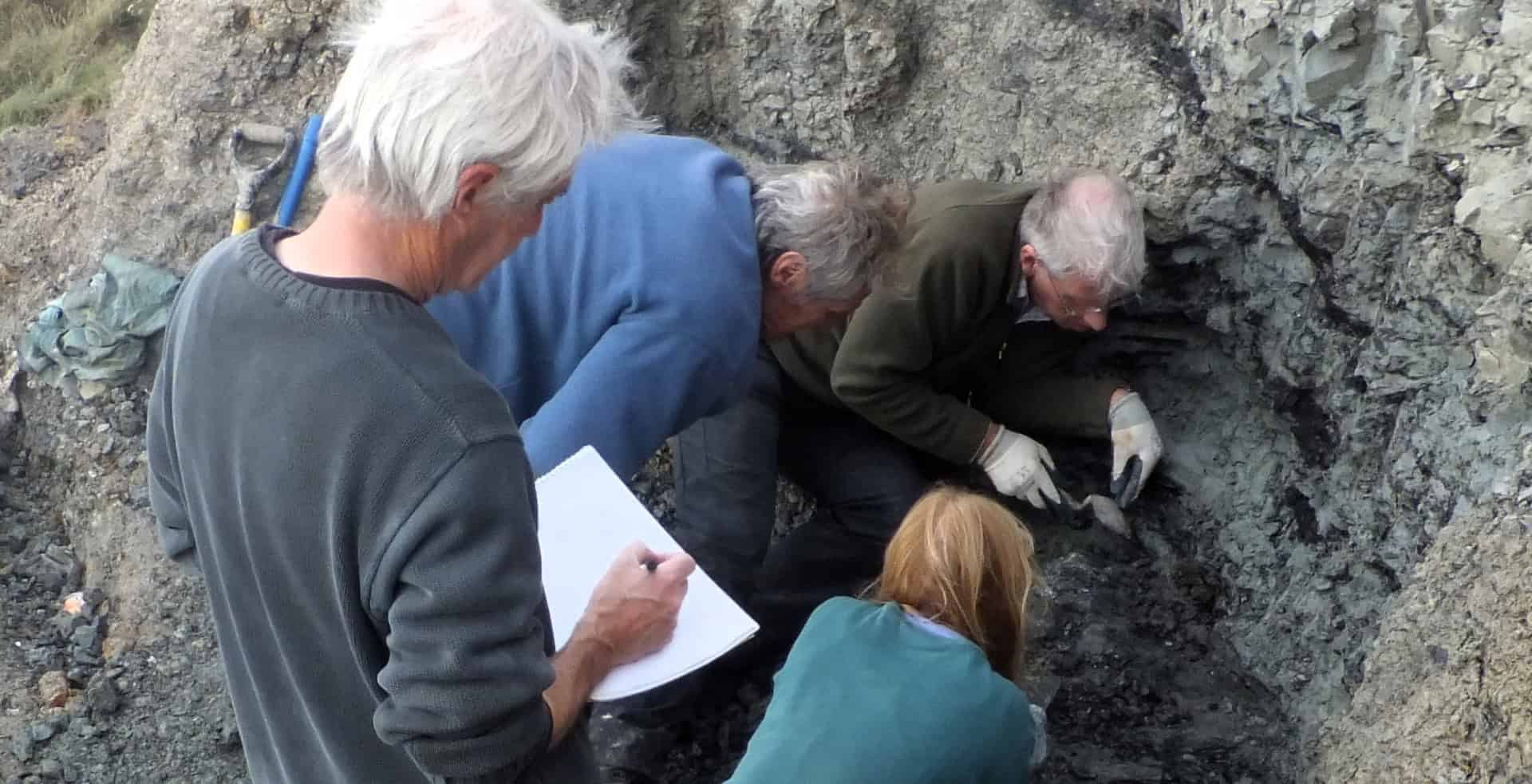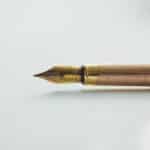The most complete dinosaur discovered in this country in the last 100 years, with a pubic hip bone the size of a ‘dinner plate’, has been described in a new paper published today (Wednesday).
The specimen, which is around 125 million years old, was found in the cliffs of Compton Bay in 2013 by fossil collector Nick Chase, before he tragically died of cancer.
It was excavated by Nick working with staff and volunteers from Sandown’s Dinosaur Isle Museum, which is operated by the Isle of Wight Council’s Heritage Service.
Comptonatus chasei
Jeremy Lockwood, a retired GP and University of Portsmouth PhD student, helped with the dinosaur’s excavation and has spent years analysing the 149 different bones that make up the skeleton.
Jeremy determined the skeleton represented a new genus and species, which he named Comptonatus chasei in tribute to Nick.
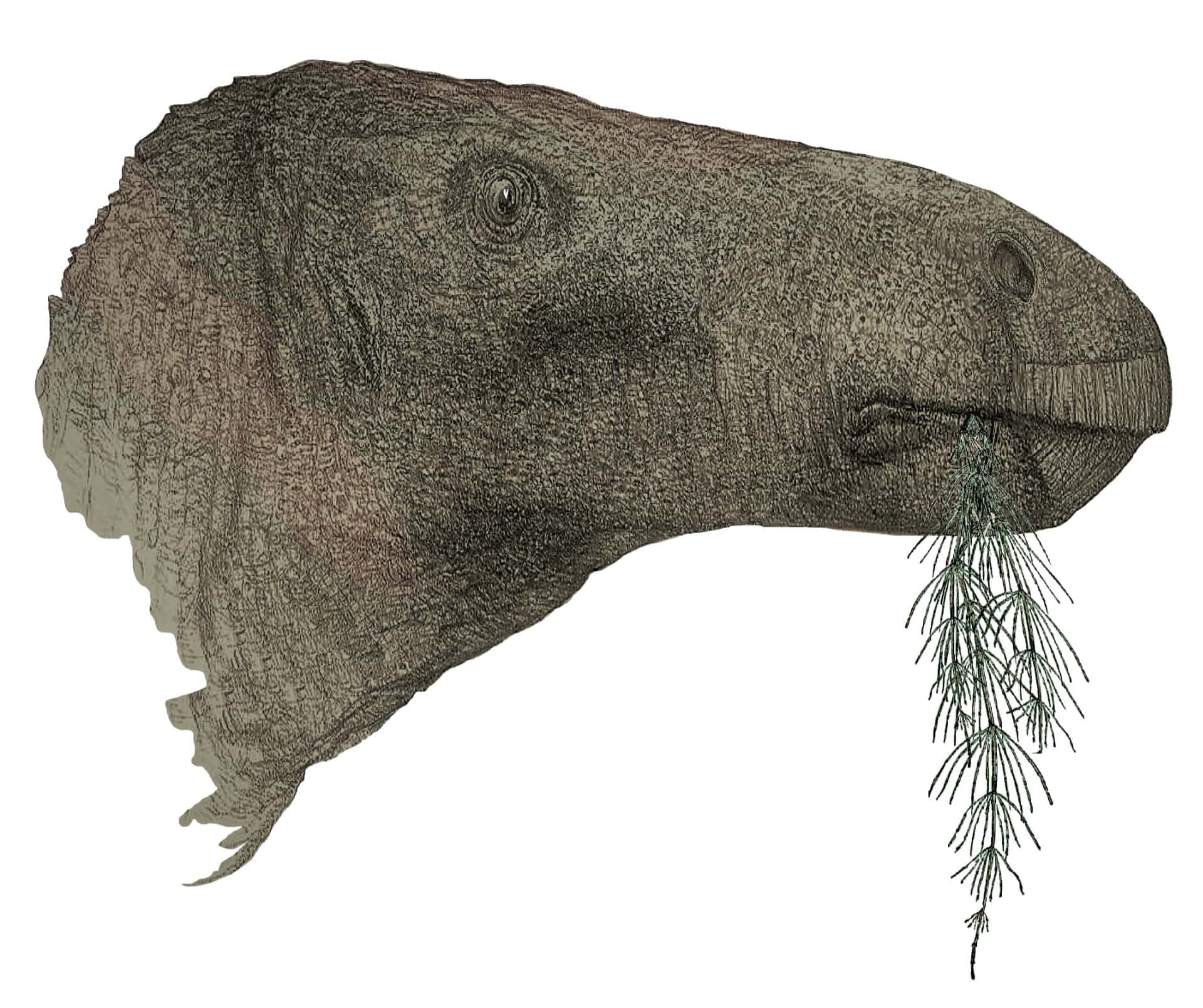
Dinosaur Isle Museum preparator and conservator, Dr Simon Penn, has been reconstructing the partial skull ready for its first public unveiling at the Sandown museum early next month.
Munt: A lasting legacy
Dr Munt, Dinosaur Isle curator, said,
“Ongoing research on the museum collection continues to reveal exciting new discoveries. Most of Nick’s most important finds have remained on the Island, a lasting legacy.
“We can look forward to many more new types of prehistoric creatures being discovered from the Island’s cliffs and collection.”
Second only to Natural History Museum
Nick donated many of his finds to Dinosaur Isle Museum at Sandown, which is second only to the Natural History Museum in importance for its dinosaur collection.
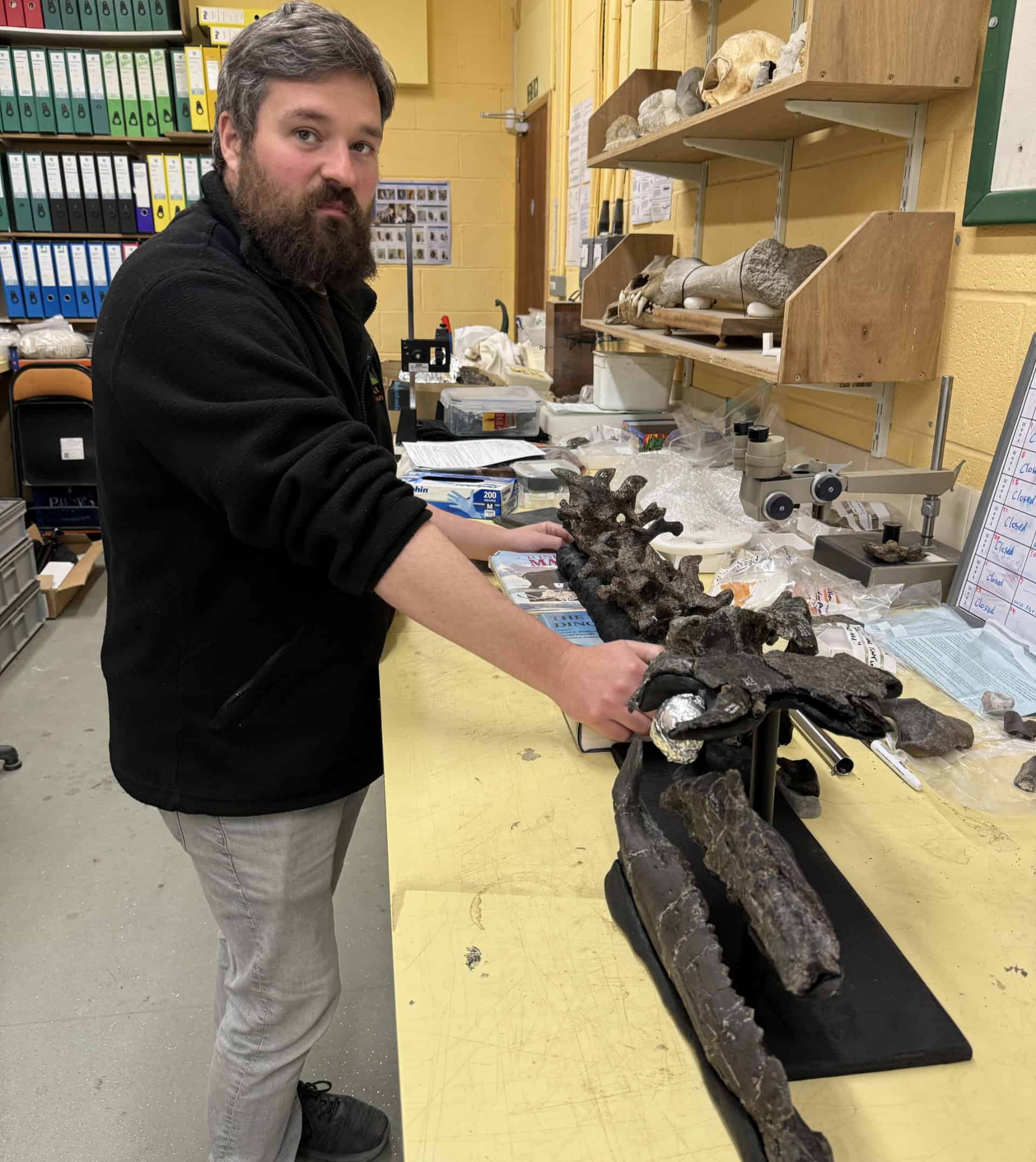
Over the years Nick chalked up an impressive list of finds making him the country’s most prolific discovered of British dinosaurs.
These include several almost complete dinosaur skeletons which have generated huge interest from university and museum researchers.
Lockwood: He really was a modern-day Mary Anning
Jeremy said,
“Nick had a phenomenal nose for finding dinosaur bones — he really was a modern-day Mary Anning. He collected fossils daily in all weathers and donated them to museums. I was hoping we’d spend our dotage collecting together as we were of similar ages, but sadly that wasn’t to be the case.
“Despite his many wonderful discoveries over the years, including the most complete Iguanodon skull ever found in Britain, this is the first dinosaur to be named after him.”
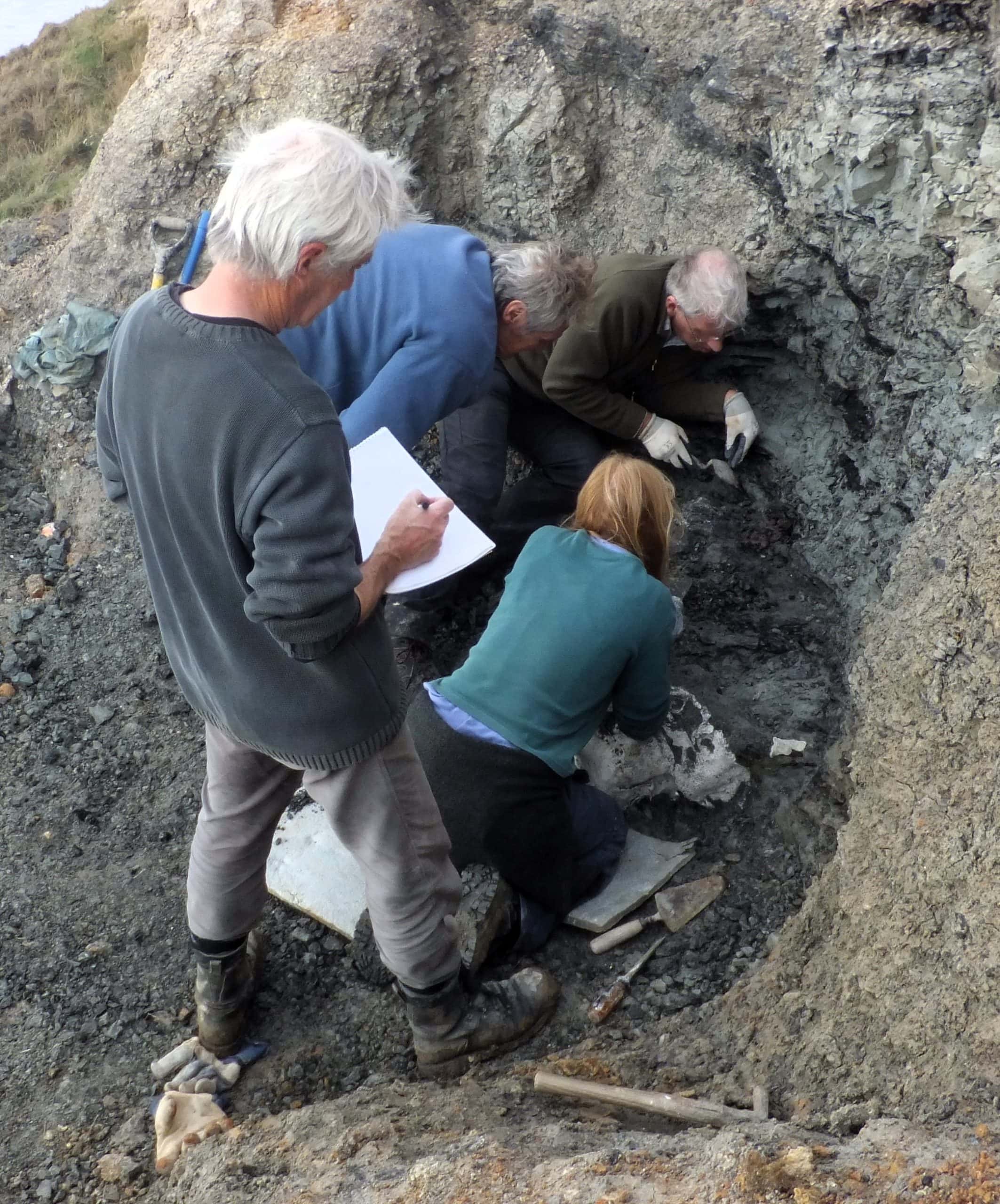
Jeremy doesn’t know why the pubic hip bone, which is placed at the base of the abdomen was so big. He said,
“It was probably for muscle attachments, which might mean its mode of locomotion was a bit different, or it could have been to support the stomach contents more effectively, or even have been involved in how the animal breathed, but all of these theories are somewhat speculative.”
The ancient creature would have been around a ton, about as big as a large male American bison. And evidence from fossil footprints found nearby shows it was likely to be a herding animal, so possibly large herds of these heavy dinosaurs may have been thundering around if spooked by predators on the floodplains over 120 million years ago.
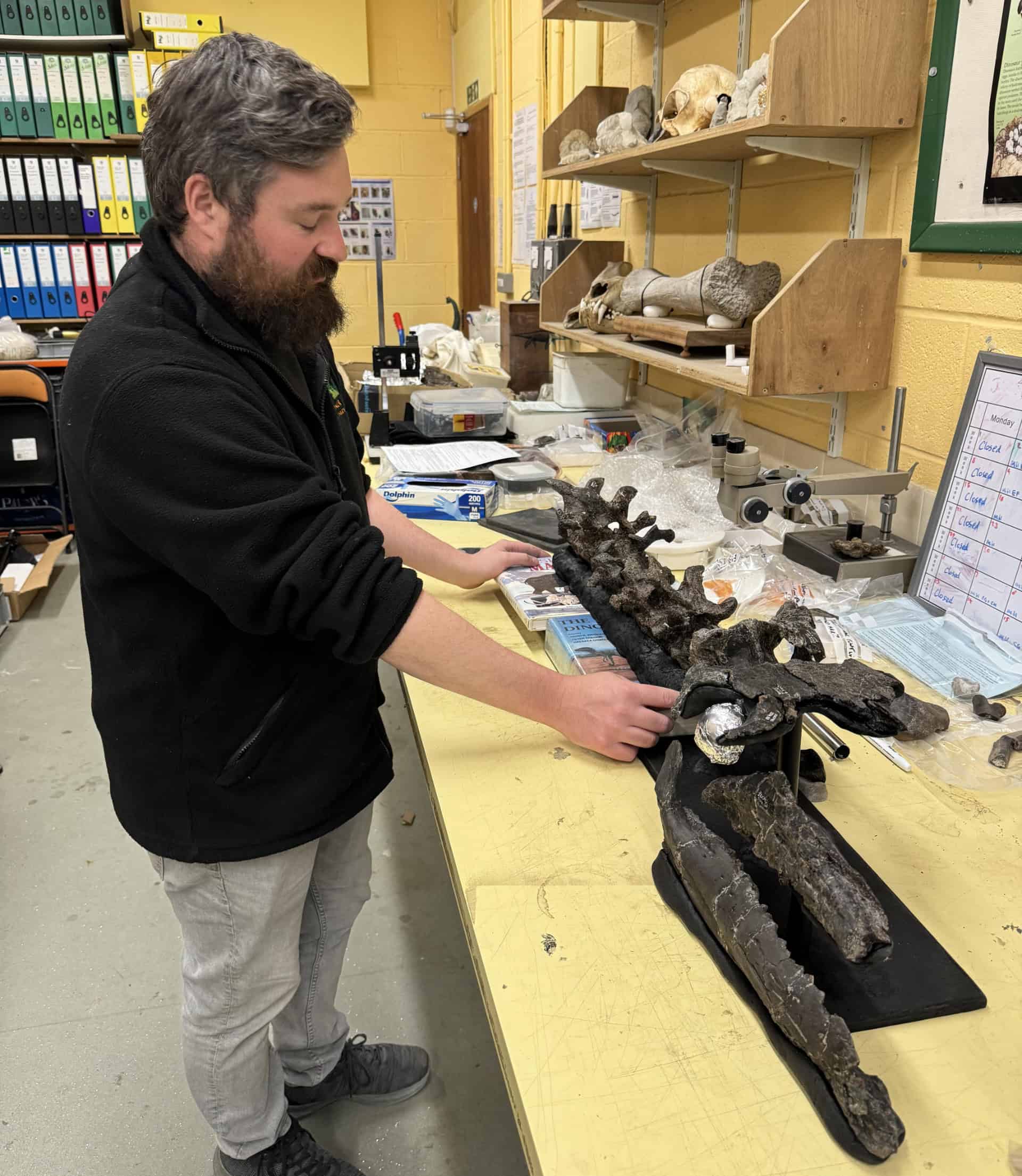
Greenslade: Underscores the importance of preserving our landscapes
Mike Greenslade, general manager, National Trust, Isle of Wight, said,
“This extraordinary discovery at National Trust’s Compton Bay highlights the rich natural heritage of the Isle of Wight.
“Finding the most complete dinosaur in the UK in a century not only showcases the island’s paleontological significance, but also underscores the importance of preserving our landscapes for future generations to explore and learn from.
“Nick Chase’s remarkable find and Jeremy Lockwood’s dedicated research are a testament to the incredible history waiting to be uncovered here. We are thrilled to be part of this ongoing journey of discovery and scientific advancement.”
Maidment: A fantastic dinosaur specimen
Dr Susannah Maidment, senior researcher and dinosaur expert at the Natural History Museum and senior author of the paper completed while supervising Jeremy’s PhD, said,
“Comptonatus is a fantastic dinosaur specimen: one of the most complete to be found in the UK in a century.”
Despite only four new dinosaur species being described on the Isle of Wight in the whole of the 1900s, there have been eight new species named in the last five years.
News shared by Isle of Wight council press office, in their own words. Ed

